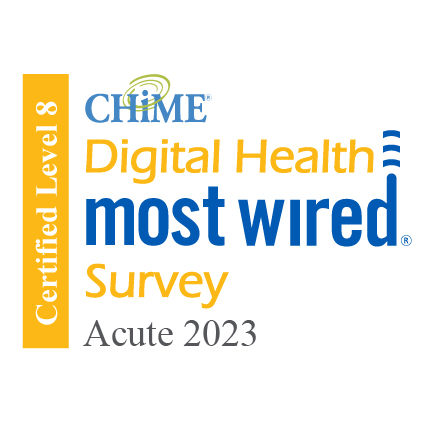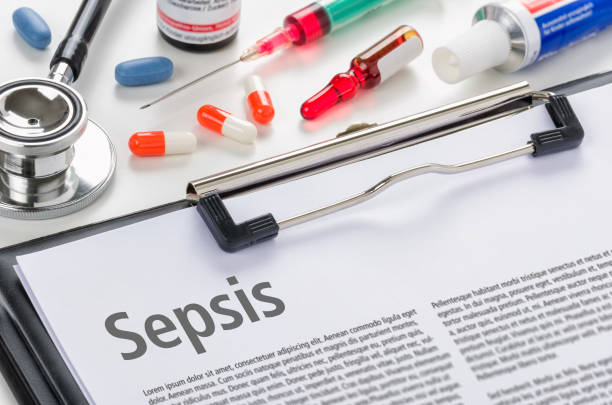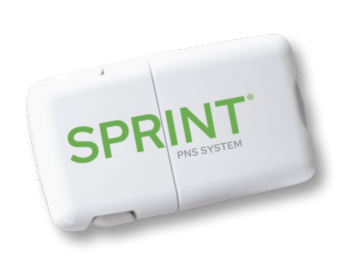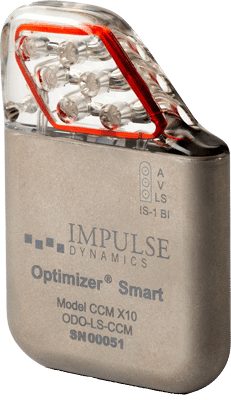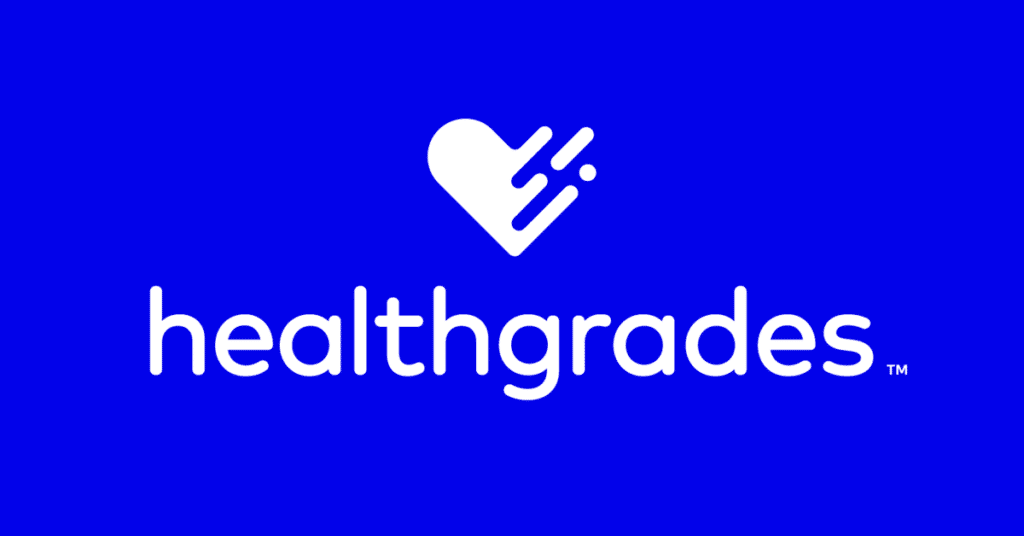Cheyenne Regional Medical Center Enhances Patient Experience with Needle-free Blood Draws

Cheyenne Regional Medical Center (CRMC) is improving patient care in southeast Wyoming as one of the first in the state to offer new, needle-free blood draw technology called the PIVO™ Pro Needle-free Blood Collection Device.
The PIVO™ Pro Device is a single-use, disposable sterile device that temporarily attaches to a patient’s existing peripheral IV catheter – typically placed in the hand or arm – to collect a blood sample. It was developed by Becton-Dickinson (BD), one of the largest global medical companies in the world.
Traditionally when using a peripheral IV catheter, blood return can be limited due to blockages or obstructions in the catheter. The PIVO™ Pro Device eliminates these obstacles, allowing clinicians to collect reliable blood samples without creating additional pain and anxiety for the patient.
The purpose of this device is to improve the patient experience by minimizing the pain and anxiety of frequent needlesticks.
“Blood draws are common in health care, but with more than 60 percent of the adult population having a fear of needles, it can be stressful on the patient,” said Tracy Garcia, CRMC chief nursing officer. “We are already seeing positive reactions from our patients when they are offered needle-free blood draws.”
Since its trial period at CRMC started in November 2023, the PIVO™ Pro Device has saved 44 patients from additional needlesticks for blood draws and the response from patients has been overwhelmingly positive.
“They always have a hard time with my veins and I get anxiety around needles. Any hospital that pokes me less will always be the hospital I want to go to!” said one CRMC patient.
“This is fascinating! I am a hard stick and I can’t believe how easy and painless this is,” said another CRMC patient.
By offering this new standard of care, CRMC is among a growing number of health systems nationwide to join the “One-Stick Hospital Stay” movement to create a better experience for clinicians and patients.
